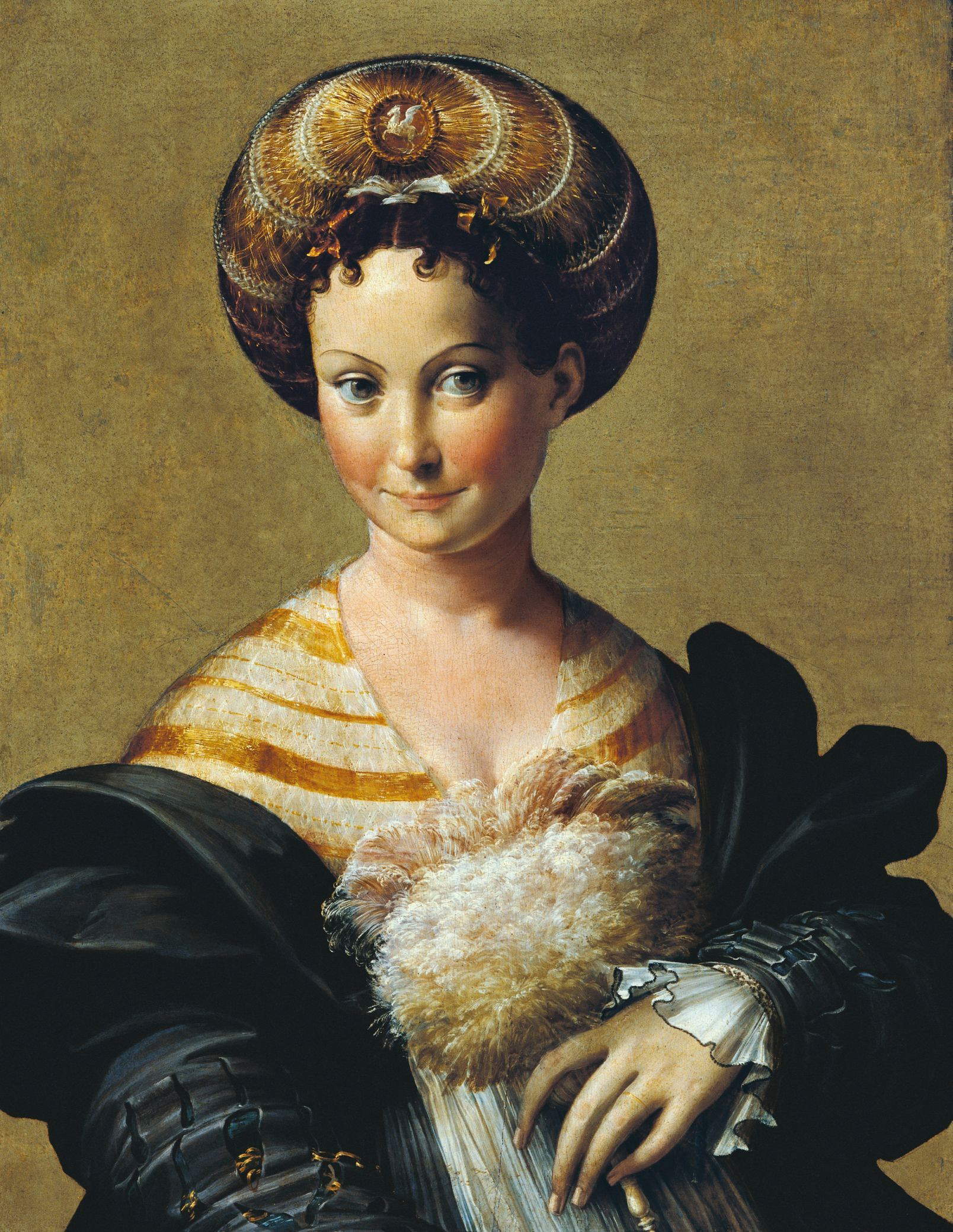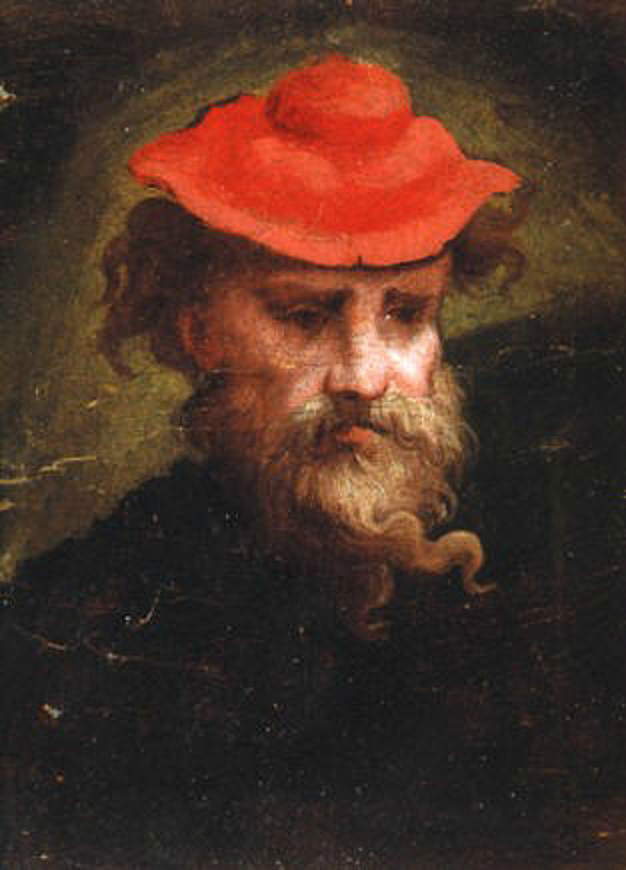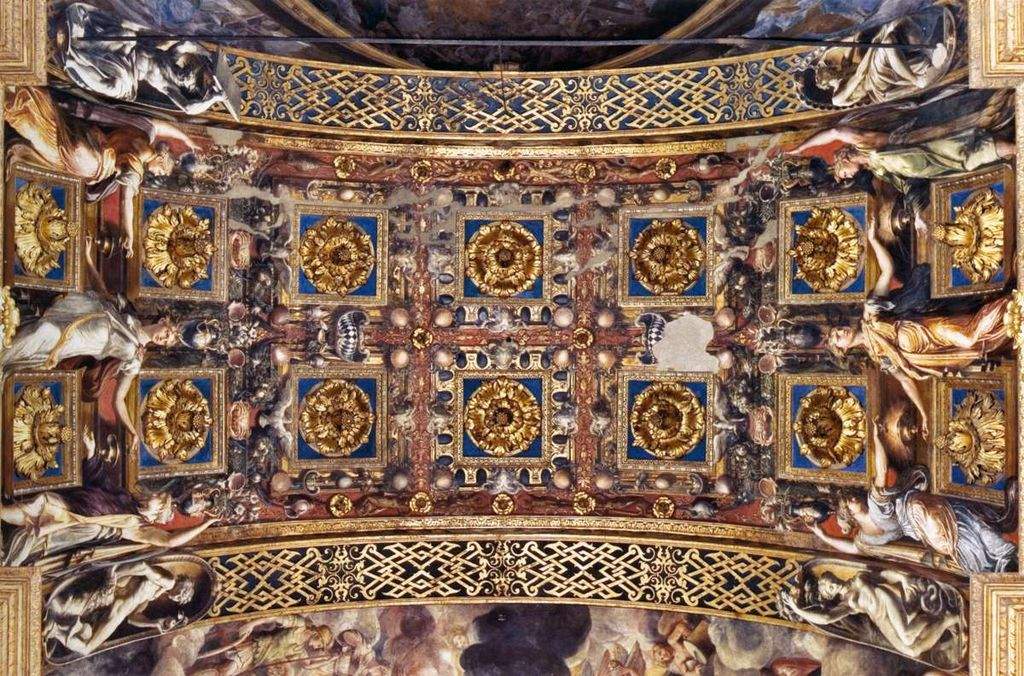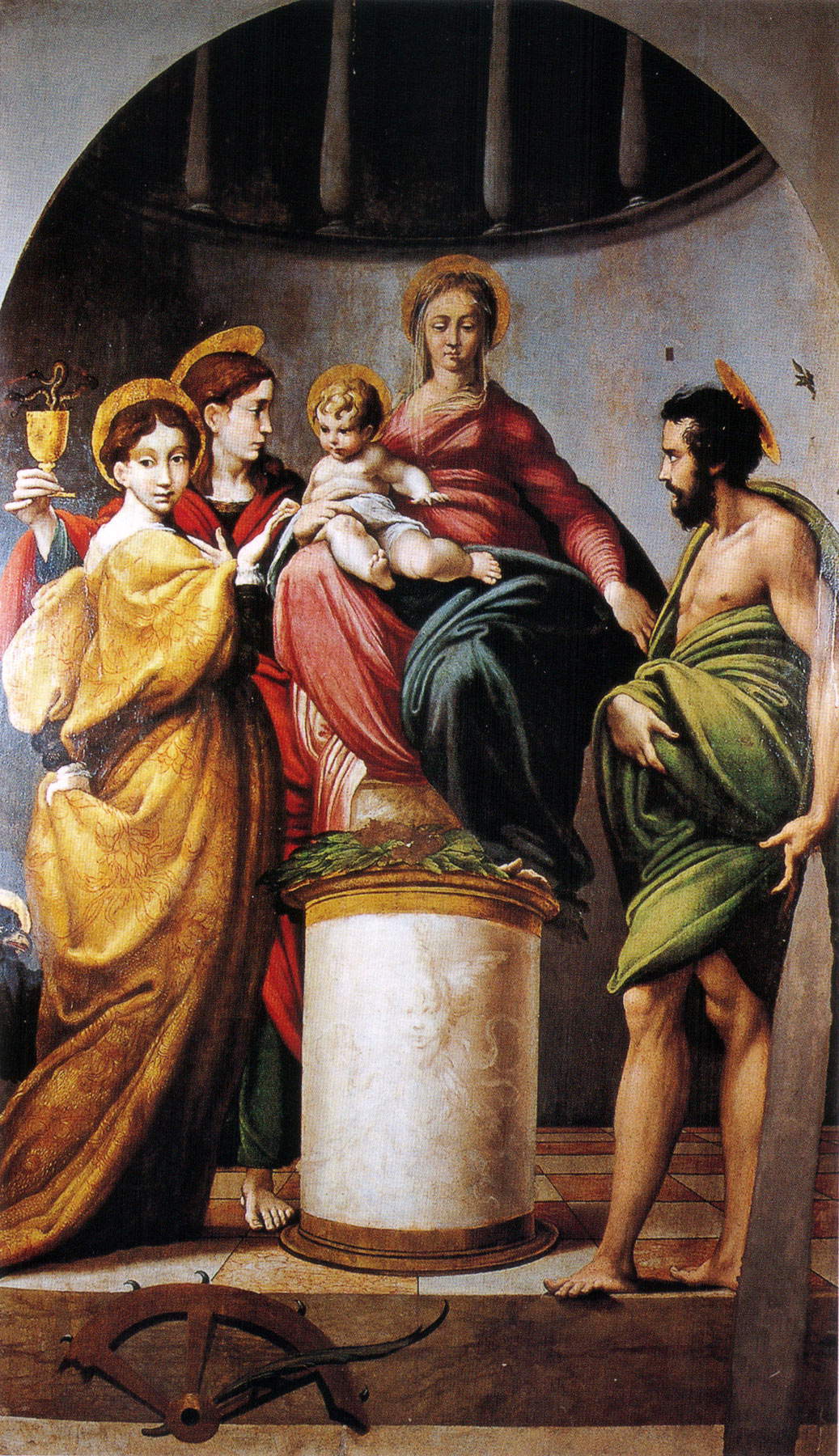He is one of the most eccentric artists of the 16th century: he is Girolamo Francesco Mazzola, but he went down in art history as the Parmigianino (Parma, 1503 - Casalmaggiore, 1540). A very precocious artist, a restless genius, a tormented man: Giorgio Vasari even says in his Lives that if the artist “had followed the studies of painting and not gone after the whims of freezing mercury to make himself richer than what nature and heaven endowed him with, therefore he would have been without equal and truly unique in painting.” According to the Aretine historiographer, in fact, the practice ofalchemy would have diverted him from art and thus deprived art of one of its greatest talents. A complex affair, that of Parmigianino, who was nonetheless an educated painter, open to different sources, and the author of an unusual art, behind which lie the anxieties of man and time. Much of his production has remained in and around his hometown of Parma. Let us therefore see an itinerary to be made in the city and the surrounding area in two days to discover the works of one of the greatest artists of all time.
1. Parma, National Gallery (Complesso della Pilotta)
The base for learning about Parmigianino’s art is undoubtedly the largest museum in Parma, the Galleria Nazionale, which is part of the Complesso della Pilotta. Here is one of Parmigianino’s greatest masterpieces, namely the Turkish Slave Girl, probably his most famous portrait(here is a detailed discussion), but not only that: A Mystic Marriage of St. Catherine, perhaps a study for a fresco that the artist was about to prepare to execute in the church of St. John the Evangelist, is attributed to his ambit, and he is also credited with the very famous Self-Portrait with Red Cap, an image made around 1540, the year of his death, famous because the image of a tired and wasted man appears there, showing much more than his real age (thirty-seven). A visit to the National Gallery, however, is essential to understand the environment in which Parmigianino’s art matured: indeed, in the rooms of the museum an itinerary unfolds among masterpieces and lesser-known works of the 16th century in Parma and Emilia.
 |
| Parmigianino, Turkish Slave Girl (ca. 1530-1534; oil on panel, 68 x 53 cm; Parma, Galleria Nazionale) |
 |
| Parmigianino (attributed), Self-Portrait with Red Cap (c. 1540; oil on paper, 21 x 15.5 cm; Parma, Galleria Nazionale) |
2. Parma, Santa Maria della Steccata
If there is one place in Parma deeply linked to Parmigianino’s name, well that place is the basilica of Santa Maria della Steccata, which for Parmigianino is a bit like St. John the Evangelist or like the Duomo for Correggio. The church was built between 1521 and 1539 (the year that coincides with that of its consecration), and Parmigianino worked on it very carefully. The initial plan was for the artist to carry out the entire fresco decoration, but this was not the case: in fact, Parmigianino was extremely meticulous but also very slow, and the work went on with several delays (legal problems also arose), so much so that in the end the artist was relieved of his commission and the Confraternita della Steccata turned to other painters. Francesco Mazzola only made it in time to create the grandiose fresco of the Three Wise Virgins and Three Foolish Virgins, which is nevertheless one of his major masterpieces. Another work by Parmigianino can also be found in the church: these are the two huge organ doors (more than five meters high), an early masterpiece executed in about 1523, which the artist made for the old oratory of the Steccata, which was gradually demolished to make way for the new basilica built since 1521.
 |
| Basilica of Santa Maria della Steccata, the sub-arch with the Three Wise Virgins and Three Foolish Virgins |
3. Parma, St. John the Evangelist
In the church whose name is inextricably linked to Correggio’s because of the frescoes that adorn the dome, there are also works by the 20-year-old Parmigianino. The artist worked there as a collaborator of Correggio (there was a fourteen-year difference between the two), but he also had the opportunity to execute some independent works: these are the decorations of the first and second chapels on the left, frescoes depicting St. Agatha and the executioner and saints Lucy and Apollonia (in the first chapel), and saints Stephen and Lawrence and St. Vitale with a horse (in the second). His frescoes, characterized by striking perspective illusionism (spectacular is Saint Vitale with the horse), as well as freshness and lightness, opened wide the doors of success for him and can be considered his first important work.
 |
| Parmigianino, San Vitale and the Horse (c. 1523; fresco; Parma, San Giovanni Evangelista) |
4. Bardi, Church of Santa Maria Addolorata
To learn about a very young Parmigianino, one can travel to the village of Bardi, in the Parma Apennines, and visit the church of Santa Maria Addolorata, where the so-called Bardi Altarpiece can be admired. At the time it was made, in August 1521, Parma was occupied by Charles V’s army, commanded by Prospero Colonna, and Parmigianino was sent by his aunt and uncle, his guardians after the death of his father (they were also artists: they got him his first commissions), to Viadana with his cousin (another painter: Girolamo Bedoli). During his stay in the Mantua area, Parmigianino painted two panels, one lost with a St. Francis receiving the stigmata, and a Marriage of St. Catherine, initially placed in the church of San Pietro in Viadana. During the War of the Succession of Mantua the church was sacked and the altarpiece was sent to Parma, but we do not know how the Marriage then reached Bardi: the fact remains that today it is known, precisely, as the Bardi Altarpiece. It is a sacred conversation, a theme that is therefore classical, but one that Parmigianino already tackles, albeit with some uncertainties, clumsiness and naiveté, with what would become the typical elements of his art: for example, the elongation of the figures and the torsions.
 |
| Parmigianino, Bardi Altarpiece (1521; tempera on panel, 203 x 130 cm; Bardi, Santa Maria Addolorata) |
5. Fontanellato, Rocca Sanvitale
Another early masterpiece, as well as among Parmigianino’s best-known achievements, is the fresco decoration of the Saletta di Diana e Atteone, executed in 1523-1524 in the Rocca di Fontanellato for Count Galeazzo Sanvitale (whom the artist portrayed in a well-known portrait, now in the Museo Nazionale di Capodimonte: it dates from the same period as the frescoes) and his wife Paola Gonzaga. On the walls of the room unfolds the myth of Diana and the hunter Actaeon, taken from Ovid’s Metamorphoses: the hunter Actaeon, guilty of having seen the goddess Diana naked at the bath with her nymph companions, is transformed into a stag and mauled by his own dogs. Famous is precisely the figure of Actaeon, rendered by Parmigianino in a very unique way, as a deer-headed man, still holding his bow. There are four scenes depicted by Parmigianino, which unfold in the lunettes of the small room of the Sanvitale palace, under a luxuriant pergola that closely resembles Correggio’s Camera di San Paolo (fortunate for Parmigianino to have seen it: he was in fact in a women’s monastery that would shortly observe a very rigid seclusion), which in turn opens onto a clear sky. The work, with its complicated allegorical meaning, has been interpreted in different ways by critics: at Fontanellato you will find various publications that can help you decipher it!
 |
| Parmigianino’s frescoes in the Rocca Sanvitale of Fontanellato |
 |
| Works by Parmigianino in five places in and around Parma to see in two days |
Warning: the translation into English of the original Italian article was created using automatic tools. We undertake to review all articles, but we do not guarantee the total absence of inaccuracies in the translation due to the program. You can find the original by clicking on the ITA button. If you find any mistake,please contact us.